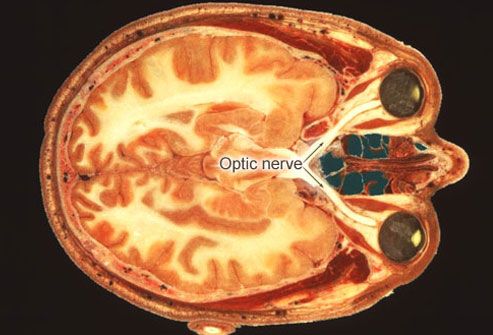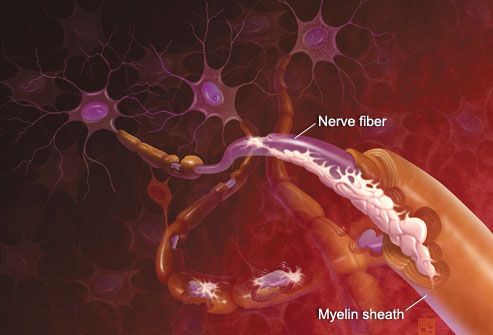Medical expert of the article
New publications
Multiple sclerosis: face to face
Last reviewed: 01.07.2025

All iLive content is medically reviewed or fact checked to ensure as much factual accuracy as possible.
We have strict sourcing guidelines and only link to reputable media sites, academic research institutions and, whenever possible, medically peer reviewed studies. Note that the numbers in parentheses ([1], [2], etc.) are clickable links to these studies.
If you feel that any of our content is inaccurate, out-of-date, or otherwise questionable, please select it and press Ctrl + Enter.
Multiple sclerosis is a disease characterized by a disease of the central nervous system, affecting the spinal cord, brain, and optic nerve. The patient's coordination is impaired, and problems with speech and vision may arise.
Multiple Sclerosis: Symptoms

- Numbness is a loss of sensation
- Weakness in the legs
- Muscle spasms
All these manifestations of multiple sclerosis lead to the fact that a person stumbles and moves with difficulty.
Vision

More than half of patients with multiple sclerosis suffer from loss of color perception, blurred vision, feel pain when moving their eyes and may completely lose their vision - all these are symptoms of optic neuritis. Such symptoms should be treated carefully, because they are very often the first sign of the disease.
Speech
Patients with multiple sclerosis typically experience difficulty swallowing and slurred speech. This is due to disturbances in the nerve conduction process of the corresponding area of the brain.
Multiple sclerosis or stroke?
Difficulty speaking, muscle weakness, confusion – these are the main signs and symptoms of a stroke. If a person has at least one such symptom, then an ambulance must be called immediately. The faster you help the patient, the higher the chance of his speedy recovery.
How does multiple sclerosis work?
In multiple sclerosis, the body's immune system mistakenly attacks the myelin sheath of the central nervous system. When myelin, the fatty tissue that surrounds nerve fibers in the spine, brain, and optic nerve, is damaged, sclerotic plaques form that disrupt nerve conduction.

Why does multiple sclerosis develop?
Scientists identify the main cause of this disease - heredity. All the provocateurs of the disease have not yet been fully studied, but experts also highlight the lack of vitamin D. According to research by scientists,multiple sclerosis most often affects residents of those countries that receive the least sunlight, and these are Northern Europe and Scandinavian countries.
Who is at risk?
Men are less likely to be affected by this disease than women, and the age of patients is 20-50 years. Ethnicity also matters – white people are most susceptible to multiple sclerosis.
How does the disease progress?
There are four main forms of the disease:
- Primary progressive multiple sclerosis is a disease that develops without remission and without clearly defined exacerbations.
- Relapsing-remitting multiple sclerosis – this form of multiple sclerosis is characterized by alternating relapses and remissions.
- Secondary progressive multiple sclerosis, starting from remitting, turns into a progressive form. Remissions are observed between exacerbations.
Treatment
Although it is impossible to completely cure multiple sclerosis, there are medications that can slow down the progress of the disease. These medications include corticosteroids, which stop the exacerbation of multiple sclerosis. Other medications will help reduce pain and relieve muscle spasms.

